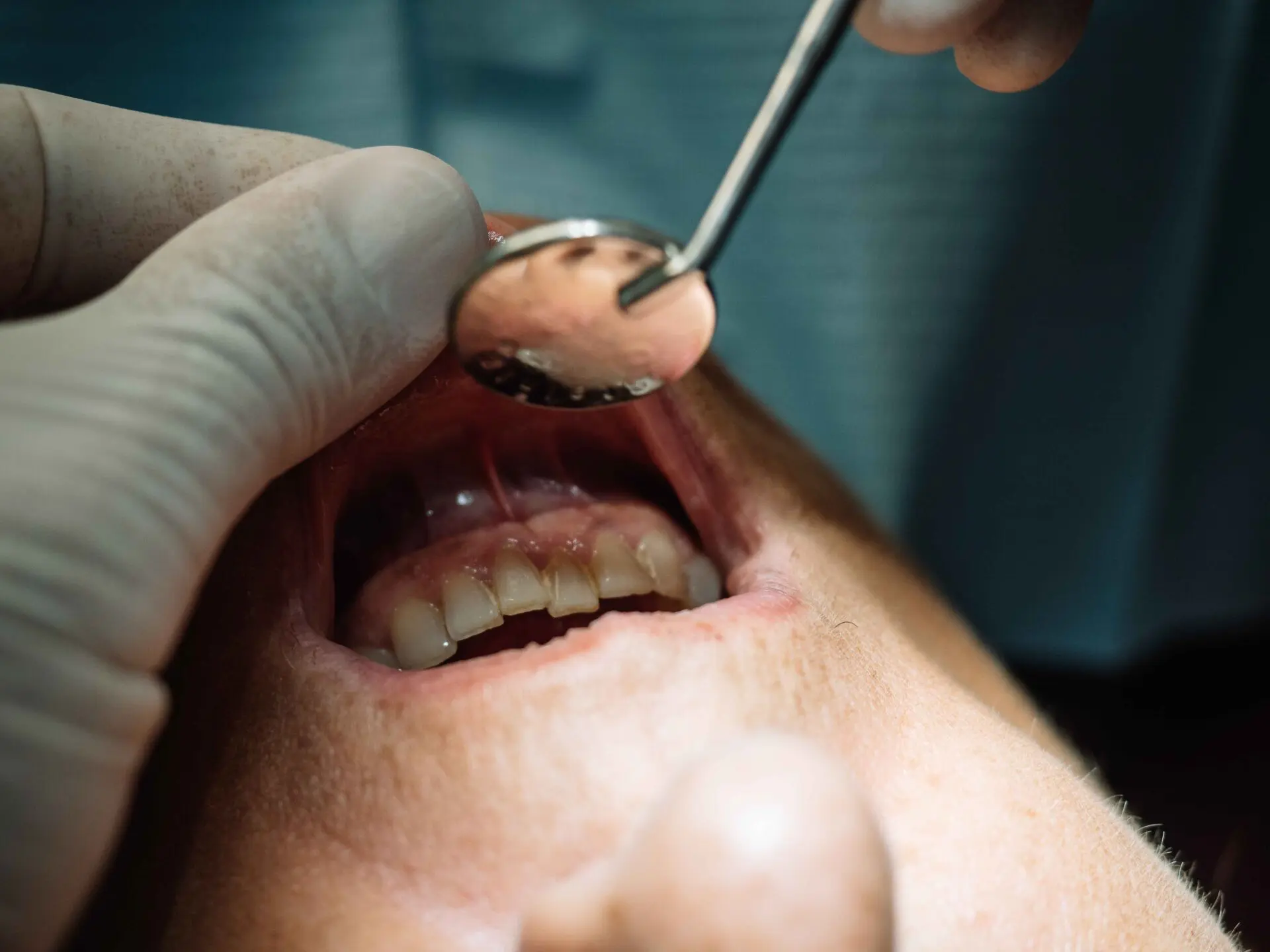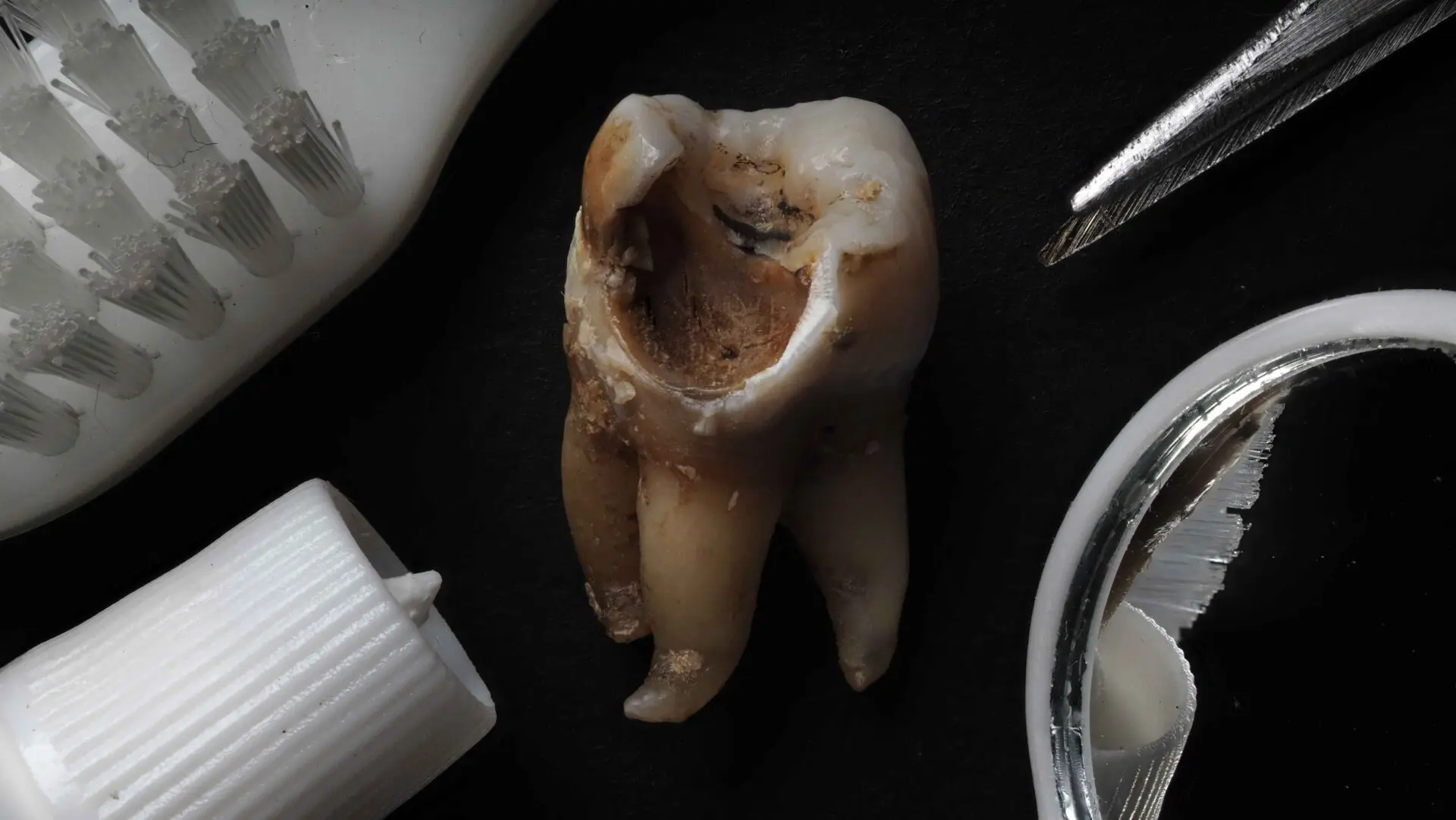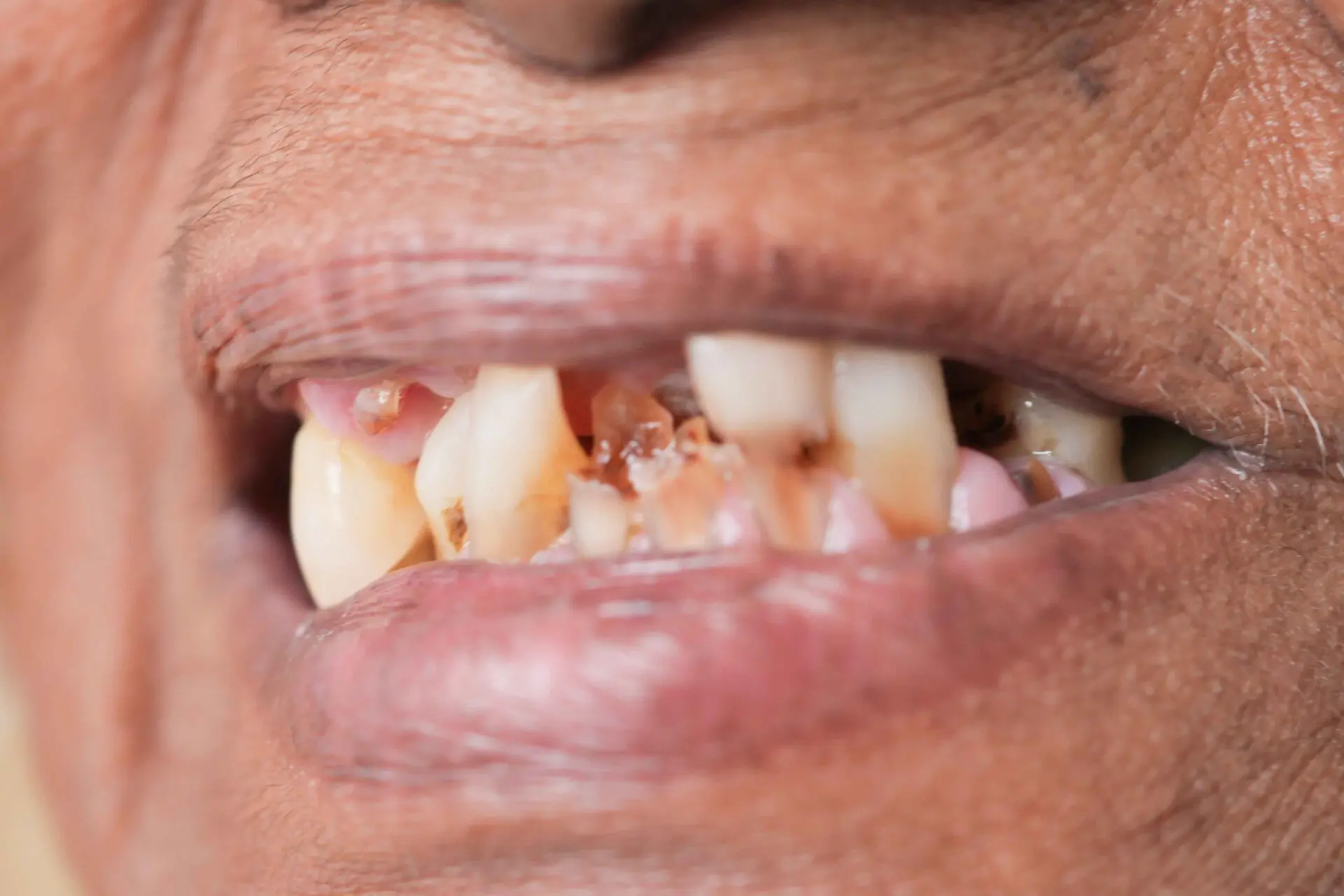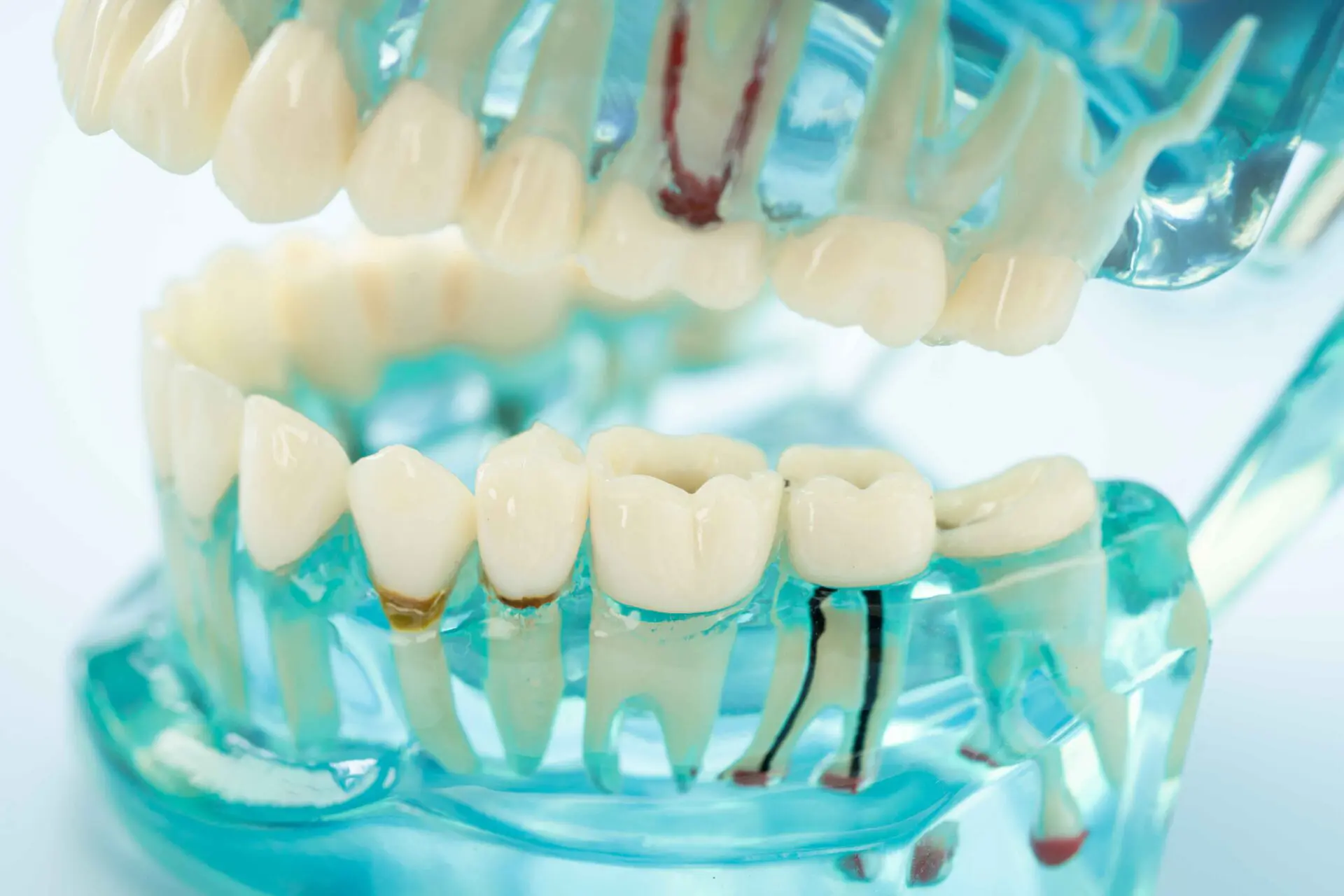
07 Mar Understanding Dental Decay: Types, Classifications, and Prevention
What is Dental Decay?
Dental decay, commonly referred to as tooth decay or cavities, is a progressive breakdown of tooth enamel caused by harmful bacteria. These bacteria feed on sugars and starches, producing acids that erode enamel over time. If left untreated, dental decay can lead to pain, infection, and even tooth loss.
As a trusted West Kelowna dentist, True Dental is committed to helping patients prevent and manage dental decay with expert care and guidance.
Causes of Dental Decay
Several factors contribute to dental decay, including:
- Poor oral hygiene – Infrequent or improper brushing and flossing allow plaque to build up, leading to decay.
- Sugary and acidic foods – Frequent consumption of sweets, soda, and acidic foods weakens enamel and promotes bacterial growth.
- Lack of fluoride – Fluoride strengthens enamel and helps prevent cavities, but some people may not get enough from water or toothpaste.
- Dry mouth (xerostomia) – A lack of saliva reduces the mouth’s ability to neutralize acids and wash away bacteria.
- Genetics – Some individuals may be more susceptible to dental decay due to inherited enamel weaknesses or oral bacteria types.
- Frequent snacking – Eating multiple small meals throughout the day increases the exposure of your teeth to acid attacks, raising the risk of dental decay.
- Medical conditions – Some illnesses, medications, and treatments (such as radiation therapy) can weaken enamel and contribute to dental decay.
Types of Dental Decay
Dental decay can occur in different forms, depending on its location and severity:
- Pit and fissure decay – Found on the chewing surfaces of molars, where food particles easily get trapped.
- Smooth surface decay – Develops on the flat, smooth sides of teeth, often due to inadequate brushing.
- Root decay – Affects the roots of teeth, especially in individuals with gum recession.
- Recurrent decay – Forms around existing fillings or dental restorations due to plaque buildup.
- Rampant decay – Rapidly spreading decay that affects multiple teeth, often due to poor oral hygiene or medical conditions.
Classifications of Dental Decay
Dental decay classification is based on how deep and severe the damage is:
- Incipient decay – Early-stage decay affecting only the enamel. At this stage, the decay may still be reversible with fluoride treatments and improved oral hygiene.
- Moderate decay – Spreads beyond the enamel into the dentin layer. It often requires a filling to restore the tooth.
- Advanced decay – Reaches the inner pulp, leading to pain and potential infection. A root canal treatment may be necessary to save the tooth.
- Severe decay – Causes deep cavities, abscesses, and may require tooth extraction if the damage is too extensive to repair.
How to Treat Dental Decay
Treatment depends on the severity of dental decay:
- Fluoride treatment – Helps remineralize early-stage decay before cavities form.
- Dental fillings – Used for moderate cavities to restore tooth structure and prevent further decay.
- Crowns – A dental crown is used to cover and protect extensively decayed teeth, restoring their strength and function.
- Root canal therapy – Removes infected pulp to save a severely decayed tooth and prevent extraction.
- Tooth extraction – Necessary when decay is too severe to save the tooth. A replacement option, such as an implant or bridge, may be recommended.
- Antibiotic treatment – In cases where dental decay leads to infection, antibiotics may be prescribed to prevent the spread of bacteria.
Dental Decay vs. Cavities: What’s the Difference?
Many people use dental decay and cavities interchangeably, but they are not exactly the same. Dental decay refers to the gradual process of enamel breakdown, while a cavity is the visible hole or damage that results from prolonged decay. Early dental decay can sometimes be reversed with fluoride and proper care, but cavities require professional treatment.
How Cavities Form:
- Plaque forms due to food debris and bacteria.
- Bacteria produce acids that erode enamel.
- Weak spots develop, leading to visible holes (cavities).
- If untreated, cavities penetrate deeper, reaching nerves and causing pain.
Preventing Dental Decay
Prevention is key to maintaining strong, healthy teeth. Follow these steps to minimize the risk of dental decay:
- Brush twice daily with fluoride toothpaste to remove plaque.
- Floss daily to clean between teeth where decay often starts.
- Limit sugary and acidic foods to protect enamel from acid erosion.
- Drink water frequently to wash away bacteria and maintain moisture in the mouth.
- Visit your dentist regularly for checkups and professional cleanings.
- Consider dental sealants to protect vulnerable teeth, particularly molars.
- Use an antibacterial mouthwash to reduce bacteria that contribute to dental decay.
- Chew sugar-free gum to stimulate saliva production and neutralize acids.
At True Dental, we emphasize dental decay prevention through education and personalized care. Our team in West Kelowna is dedicated to helping you achieve optimal oral health.
What to do if You Notice Dental Decay
If you suspect dental decay, don’t wait for pain to escalate. Early intervention can prevent further damage and costly treatments. Symptoms of dental decay include:
- Sensitivity to hot, cold, or sweet foods.
- Visible holes or dark spots on teeth.
- Tooth pain or discomfort when chewing.
- Persistent bad breath or an unpleasant taste.
If you notice any of these signs, schedule an appointment with True Dental in West Kelowna for a thorough evaluation and the best dental decay solution for your needs.




